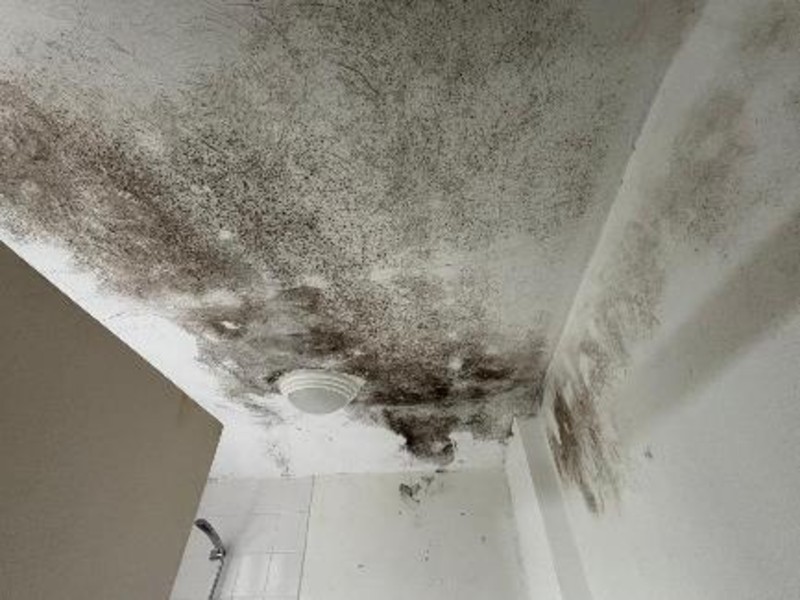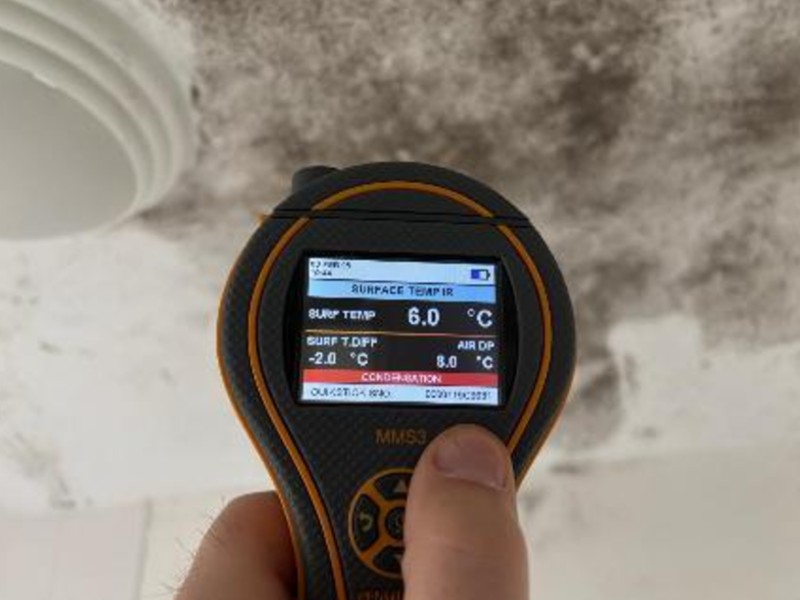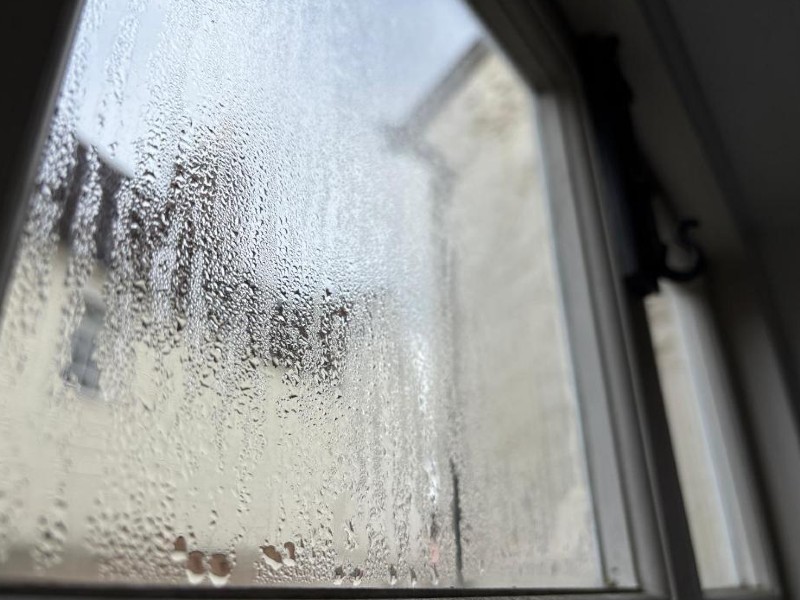Condensation
Think about a cold drink on a warm day. You see those little water droplets forming on the outside, right? That’s condensation in action. It happens when warm air that’s holding moisture comes into contact with a cold surface. The air cools down quickly, and it can’t hold as much moisture anymore, so the extra water vapour turns into liquid – those droplets you see.
Think about that same process happening inside your home. The warm, moist air generated by things like cooking, showering, and even just breathing is like that humid summer air.

When this warm, moisture-laden air encounters a colder surface within your house – perhaps a window, a poorly insulated wall, or even a cold corner – the same thing happens as with your cold drink. The air right next to that cold surface cools down rapidly. Just like the air around the cold glass can’t hold all that moisture, the cooled air inside your home can’t either. This excess moisture then turns into those tiny water droplets you see forming on your windows or feel as dampness on walls – that’s condensation happening inside your home.
The transformation from a simple water droplet to a patch of black mould begins with persistent dampness. Condensation creates moist surfaces, and if these remain wet for long periods, they provide ideal conditions for mould growth. Mould spores, which are microscopic and present everywhere in the air, are constantly floating around indoors and outdoors. When they settle on a damp surface created by condensation, they have the moisture they need to begin developing.

Once a spore lands on a damp, nutrient-rich surface, it germinates and produces tiny filaments known as hyphae. These spread out and form a network called mycelium, which eventually becomes visible as the fuzzy or slimy patches we recognise as mould. Over time, certain species, such as Stachybotrys chartarum, produce dark-pigmented spores, giving black mould its distinctive dark green or black appearance.
A significant amount of this moisture originates from everyday activities inside the home. Cooking, boiling water, and steaming food all release water vapour into the air, while showering and bathing generate large amounts of steam. Drying clothes indoors, even just breathing, and the presence of indoor plants contribute to moisture levels too. Perhaps most importantly, a lack of ventilation prevents this moisture from escaping, causing it to settle on cold surfaces and form condensation.
The good news is that condensation can be managed with some simple but effective steps. Proper ventilation is essential, so it is advisable to open windows regularly, especially after showering or cooking, and to use extractor fans that vent outside. Covering pots and pans while cooking, drying clothes outdoors whenever possible, and wiping down wet surfaces such as windowsills can also make a significant difference. Maintaining a consistent indoor temperature helps prevent moisture from condensing on cooler surfaces.
Additional measures can further reduce the risk of condensation and mould growth. Using a dehumidifier in areas prone to dampness can remove excess moisture from the air, while improving insulation helps keep walls and windows warmer, reducing the likelihood of condensation forming. Together, these actions create a drier, healthier indoor environment and greatly reduce the chance of black mould developing.
Concerns about ventilation systems, such as poorly functioning extractor fans or inadequate airflow in the home, are another reason to seek professional advice. Ignoring significant condensation can lead to costly repairs and health risks, so it is important to involve experts when these warning signs appear. Professional assessment can identify the root causes and provide effective solutions to protect both your property and your well-being.

